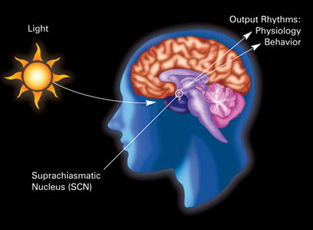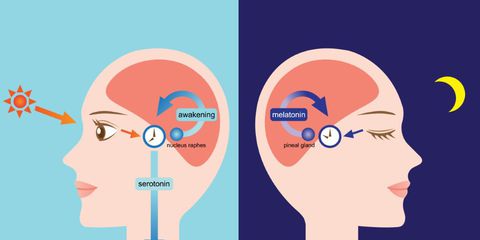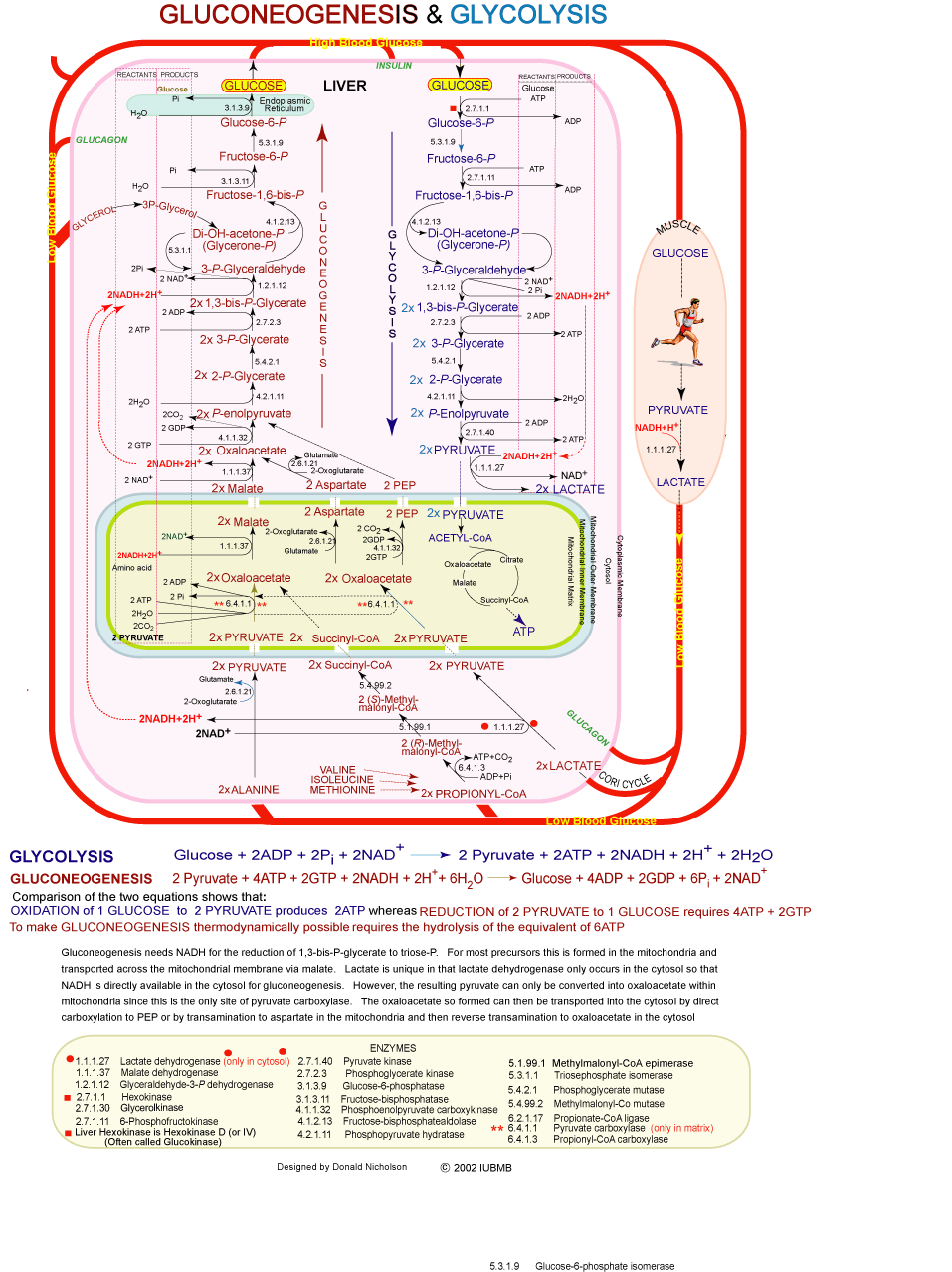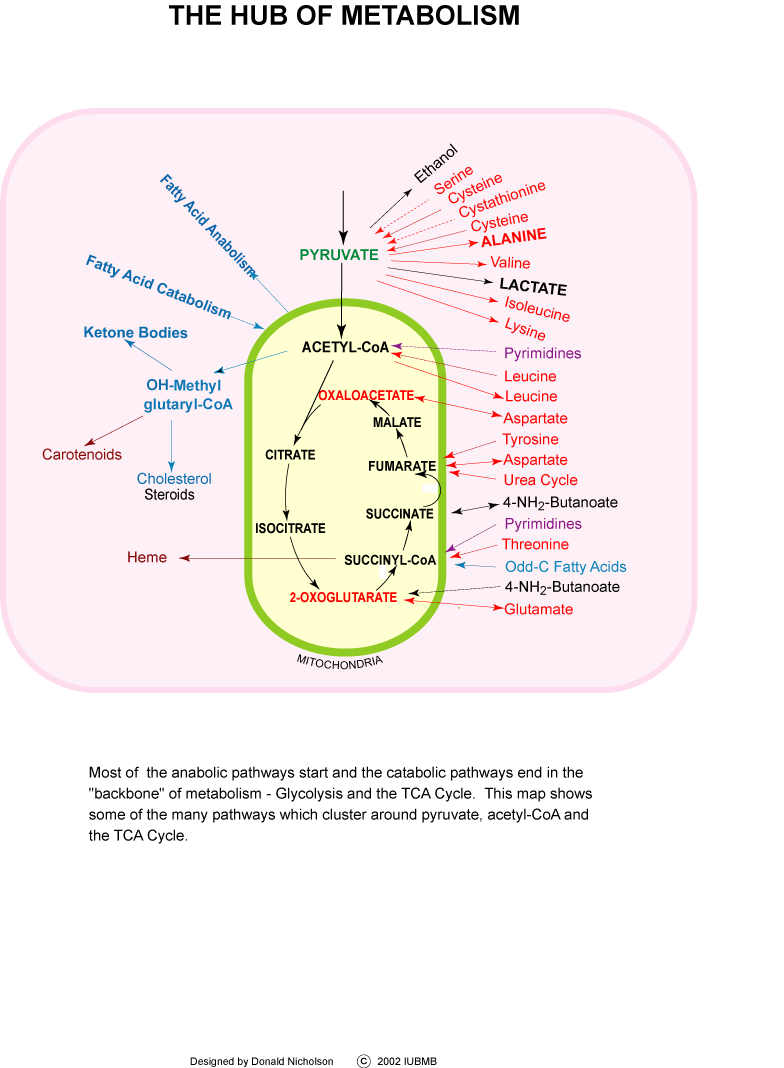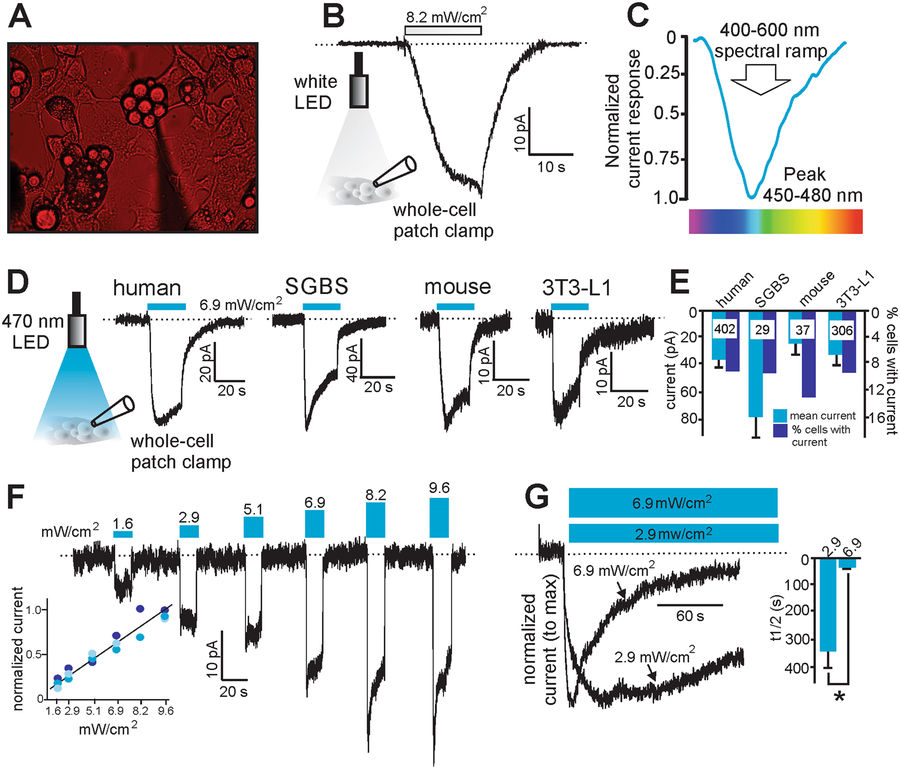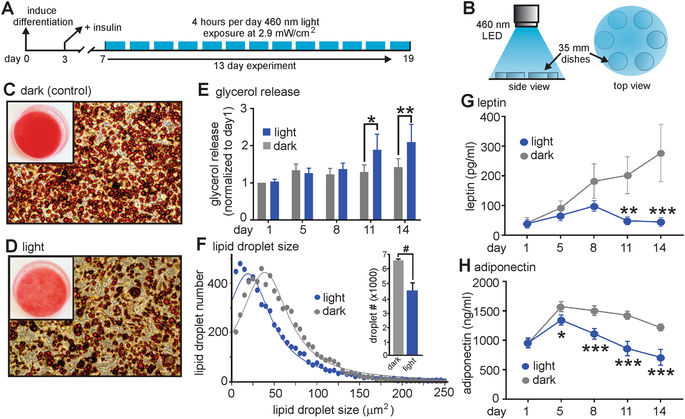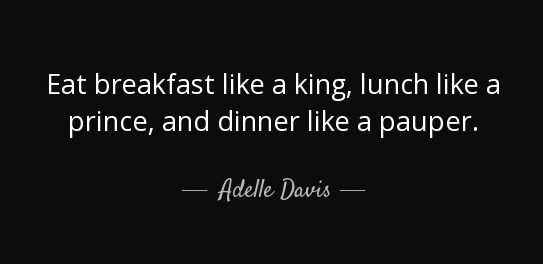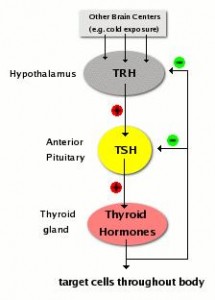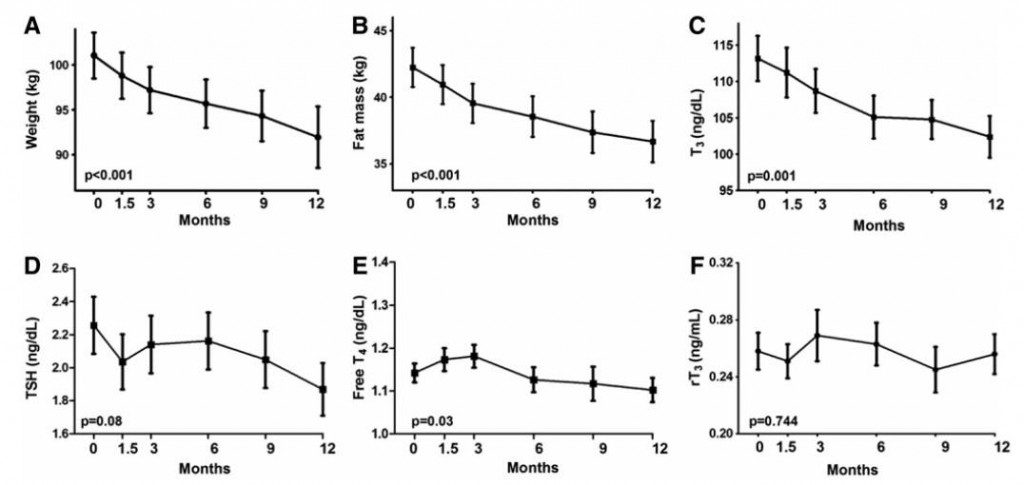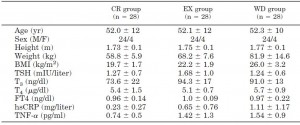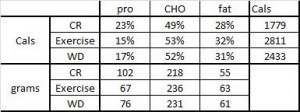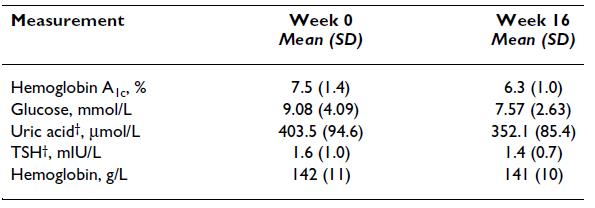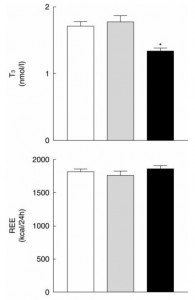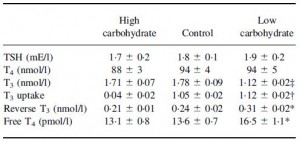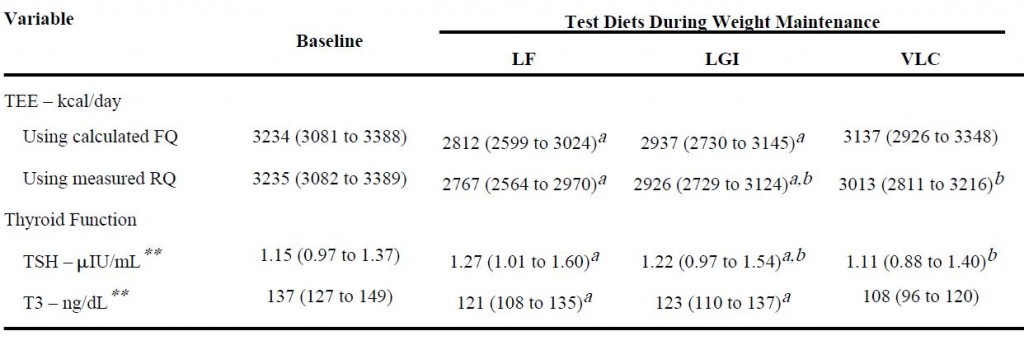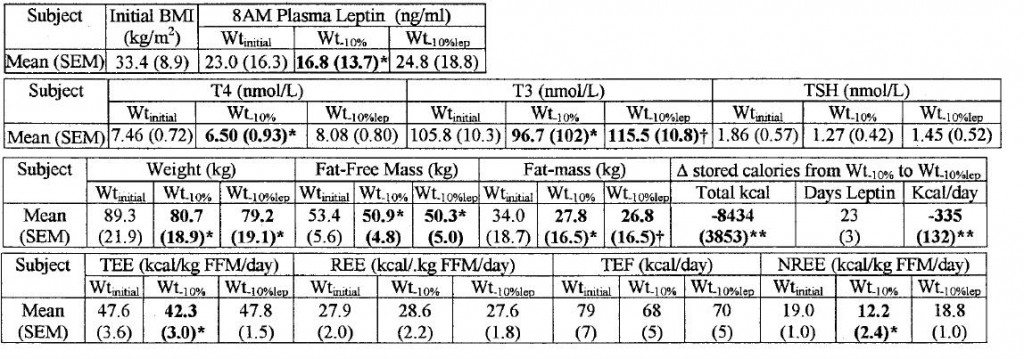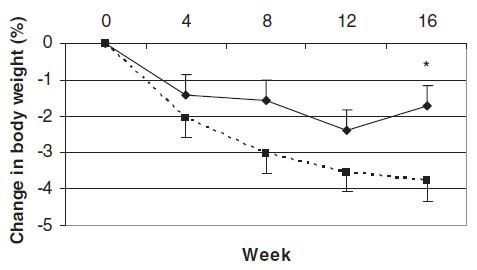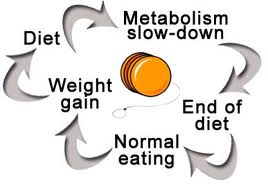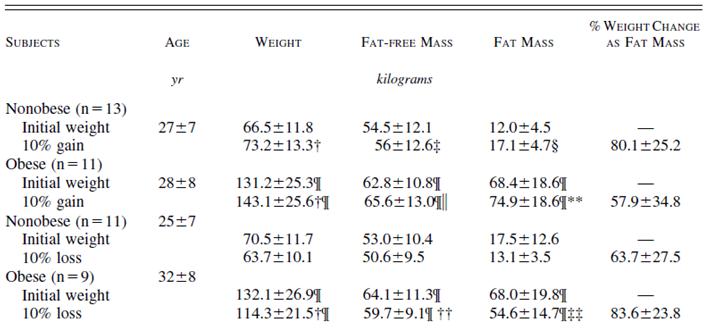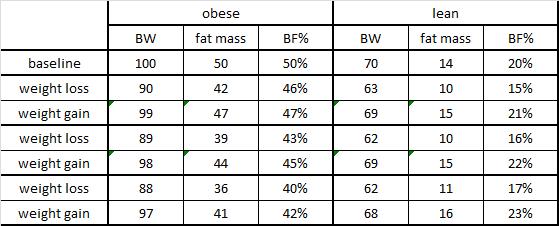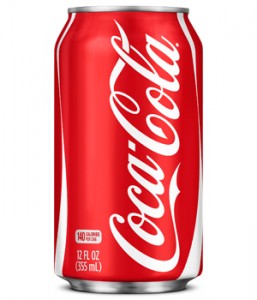Endogenous circadian system and circadian misalignment impact glucose tolerance via separate mechanisms in humans (Morris et al., 2015)
“Glucose tolerance is lower in the evening and at night than in the morning.”
THE FIRST FRIGGIN’ LINE! Come on fam, please stop arguing against this fact. A basic tenet of circadian biology is our preparedness for food intake in the morning. “Skipping breakfast” is not hormetic. It’s CICO and not in a good way. Metabolism is gimped at night, so you end up having to eat less so you’re double-restricted (no breakfast and less food at night).
The point of this study was two-fold, in my estimation: 1) determine the normal circadian influences on glucose tolerance; and 2) influence of circadian misalignment.
When comparing the glycemic response to identical meals ingested after an identical period of fasting, either at 8 AM (subjective morning or “breakfast”) or 8 PM (subjective evening or “dinner”): postprandial glucose was 17% higher (ie, lower glucose tolerance) in the biological evening (8:00 PM) than morning (8:00 AM; ie, a circadian phase effect).
For the rest of this article and more, head over to Patreon! Five bucks a month for full access and there are many other options. It’s ad-free and you can cancel if it sucks 🙂
Consults are open, contact me if you’re interested: drlagakos@gmail.com
Affiliate links: join Binance and get some cryptoassets or download Honeyminer and get some Bitcoins for free! And now you can mine Bitcoin from your Chromebook!
Still looking for a pair of hot blue blockers? Carbonshade and TrueDark are offering 15% off with the coupon code LAGAKOS and Spectra479 is offering 15% off HERE. If you have no idea what I’m talking about, read this then this.
20% off some delish stocks and broths from Kettle and Fire HERE.
If you want the benefits of ‘shrooms but don’t like eating them, Real Mushrooms makes great extracts. 10% off with coupon code LAGAKOS. I recommend Lion’s Mane for the brain and Reishi for everything else.
Join Earn.com with this link.
Start your OWN Patreon campaign!

